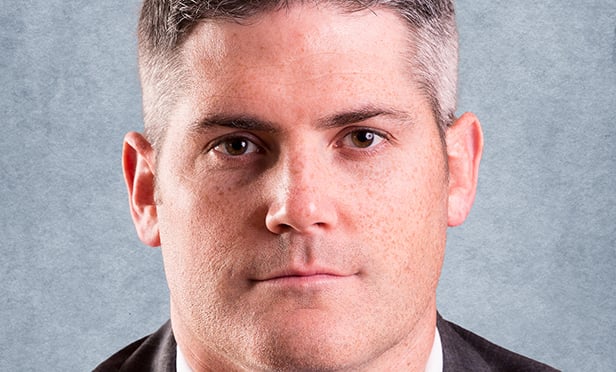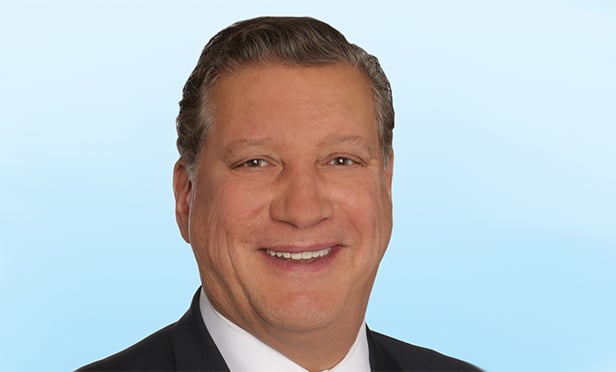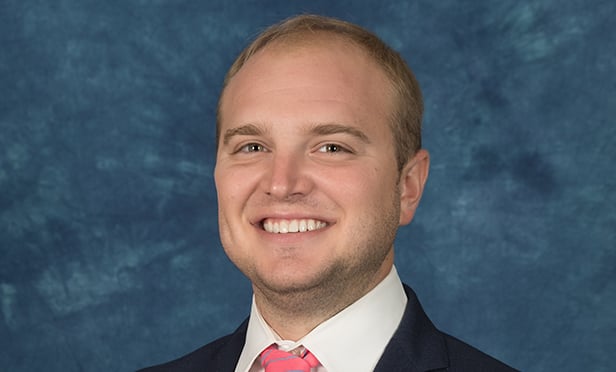LAS VEGAS—In this second in our “Conversation” series with prominent retail real estate professionals, James Cook, national director of analytics for GlobeSt.com Thought Leader Xceligent, chats with Aaron Ahlburn, director of industrial and retail research for Jones Lang LaSalle. It's easy to talk about where retail has been, but the two researchers add value to their stats as they join in a fascinating discussion about what the next few years will bring. What follows is an edited version of their conversation.
James Cook: What do you think will be the biggest change we'll see in retail over the next decade?
Aaron Ahlburn: It's really all about ongoing technological change and innovation, and innovation as well in the physical space. That's something we're tracking very closely. Over the last number of years, we've seen consumers become much more tech savvy and much more information become available to them. Now, we're seeing retailers starting to adopt and adapt to technological change.
And there are a number of reasons for that. There's convenience, such as the ability to make a point-of-sale transaction much more efficient for the consumer. As we've all seen, they can order something online and pick it up in the store, expanding the experience. It also presents the opportunity for retailers to harness more information about buying patterns in both store and online sales. So creating an omni-channel experience also provides a new level of transparency.
Cook: We've heard so much at RECon about “them versus us,” bricks vs. clicks. Is it time to get over that?
Ahlburn: We have to. When you're talking about an omni-channel world, there's no one-size-fits-all prescription. Every retailer, every center has to figure out what works best for their demographic and their consumer. But it has to be a two-way street. Successful retailers will embrace a much more holistic strategy.
Cook: Twenty years from now they're going to think it's silly we even made a distinction. Online retail now accounts for about 6.5% of total sales. At what point does that percent plateau?
Ahlburn: It's hard to say when that plateau will be reached and what that percentage will be. What's the saturation point? We see more and more traditional retailers embracing their omni-channel selves and trying to figure out what that strategy will be. There's trial and error at this stage and some are getting out in front of it more than others.
And those getting out in front are making the experience more seamless. But you're right. Twenty years from now the question might not be relevant. Consumers want a seamless experience as we've mentioned. It's that transparency that's most relevant, at least today--being able to get what you want as quickly as you want it at the price point you want.
Cook: As new concepts come out, I think we'll see a proliferation of pure-play online retailers testing brick-and-mortar in popup stores before eventually launching permanent physical locations. The online retailers are bringing this expertise to the physical space. It's definitely an exciting time right now.
Ahlburn: And that will grow over time with pure play e-retailers, including the giants, like Amazon, and we can only imagine how that will change the landscape.
Cook: Amazon could eventually have small shops all across the US.
Ahlburn: It's interesting to talk about this concept on a broader basis as well. These trends are headline-catching, but they work generally in your dense, urban cores or on a college campus where your population is very concentrated. But what's often overlooked is the broad scope of American retail and how all this works in your smaller city or MSA. This is the heart of America, not Downtown Manhattan.
Cook: Moving on, it seems like the most successful retail is concentrated in select hot spots within each market. Do you see that trend levelling off or becoming even more pronounced?
Ahlburn: The high-traffic areas in destination retail will continue to attract shoppers, especially if they provide that experience. Again, the onus is on those centers that might have vacancy to figure out how to adapt. And of course there's the possibility that some areas may become less relevant, but we also think some areas are coming around and you can change the complexion of a center or a neighborhood over time with the right strategy.
But it's important to remember that what worked in '80s didn't work in the '90s and what worked in the '90s doesn't work now. It's also important to partner with others, such as other owners in the neighborhood, to figure out what's the best course of action for the collective retail destination.
Cook: In which US markets do you see the most retail disruption going on? Is it only in Tier One cities like New York, L.A. or San Francisco?
Ahlburn: It's moved beyond that. It's in the secondary cities as well. You're seeing that in the capital markets arena. You're seeing a push for investment in retail just as in other asset classes, and investors are looking at secondary cities for activity and capital placement. We're seeing outlet development in secondary and tertiary cities in a huge wave of activity right now. It's happening in Florida, Texas, New York, California, and not just in Los Angeles or Manhattan but in other cities in those states.
Cook: It certainly seems that outlet centers have built a niche that's still ripe for a lot of expansion.
Ahlburn: And it speaks to the consumer sentiment of America broadly. There's availability of choice in outlets and there's some feeling of value as well.
Cook: Absolutely. You get the brand name and you get the value. Let's change the subject and talk about Millennials. Are they a disruptor? How about the aging Boomer generation?
Ahlburn: It's all about purchasing power. Even if it's not a disruptor now, it's probably emerging as one. The Millennials were hit very hard in that they came into the workforce at a very difficult time, and it's taken longer for that generation to ramp up its purchasing power. But it will emerge with much more impact in the coming decade.
Cook: I ask people what percentage of Millennials prefer shopping in a physical store vs online. They typically guess 20 or 30%. Actually it's 82% that prefer physical shopping. Ultimately it will only be positive for the retail industry. There's been so much lately about the rise of the mixed-use in CBDs. To what extent is that attributable to Millennials?
Ahlburn: The two concepts are not mutually exclusive. Millennials have some impact on the trend, but across America there's a lot stronger push into a city focus, among Baby Boomers as well. The Millennials are a part of that. Mixed-use is a cross-generational concept.
© Touchpoint Markets, All Rights Reserved. Request academic re-use from www.copyright.com. All other uses, submit a request to [email protected]. For more inforrmation visit Asset & Logo Licensing.







